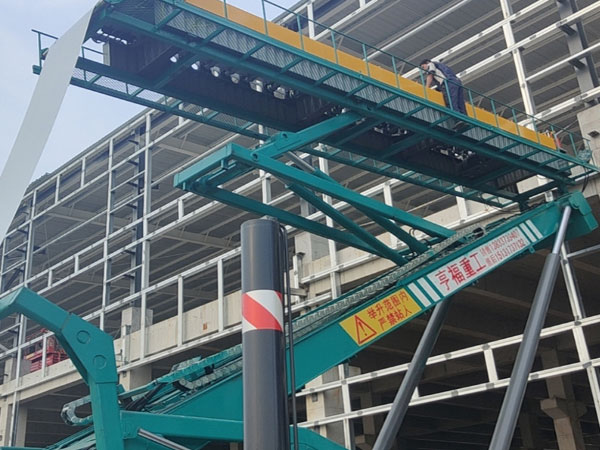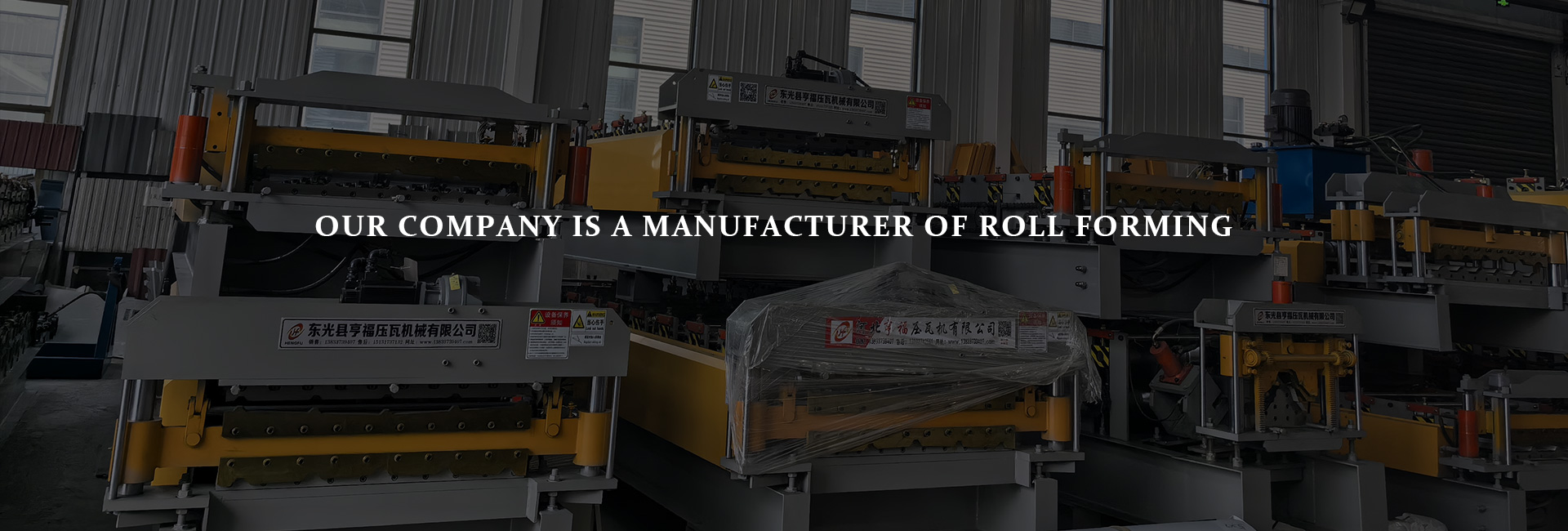Maintenance and servicing guide of the High Altitude Roll Forming Machine platform
writer:Hengfu release time:2024-06-08 09:49:03 Views:67frequency
Outline
I. Daily Inspection and Maintenance
II. Regular Maintenance and Upkeep
III. Precautions for Operators
IV. Common Problems and Solutions
V. Conclusion

High Altitude Roll Forming Machine platform a kind of equipment widely used in building construction, maintenance, and upkeep. In order to ensure its safety and efficiency, regular maintenance and upkeep are essential. This article will introduce to you in detail the maintenance and upkeep guide of aerial lifts to help you extend the service life of the equipment and ensure construction safety.
I. Daily Inspection and Maintenance
1.1 Equipment Appearance Inspection
Inspection contents:
Check whether there is obvious damage or deformation on the equipment surface.
Ensure that all labels and warning labels are clearly visible.
Check whether there is oil leakage or wear on the hydraulic hoses and connectors.
Operation suggestions:
Conduct an appearance inspection before and after use every day to discover and deal with potential problems in time.
1.2 Hydraulic System Inspection
Inspection contents:
Check the oil level and quality of the hydraulic oil.
Ensure that the hydraulic oil tank cover is well sealed and there is no leakage.
Check whether there is abnormal wear or leakage in the hydraulic cylinders and valves.
Operation suggestions:
Replace the hydraulic oil regularly to ensure the normal operation of the hydraulic system.
1.3 Electrical System Inspection
Inspection contents:
Check whether the battery power is sufficient.
Ensure that all cables and connectors are firmly connected and there is no wear or breakage.
Check whether the functions of the control panel and buttons are normal.
Operation suggestions:
Keep the battery in a good charging state and avoid operating the equipment under low power.
II. Regular Maintenance and Upkeep
2.1 Monthly Inspection
Inspection contents:
Lubricate all movable parts.
Check and adjust the braking system.
Check the wear condition of tires or tracks and replace them.
Operation suggestions:
Conduct a comprehensive inspection monthly to ensure that the equipment is in the best working condition.
2.2 Quarterly Maintenance
Inspection contents:
Conduct a comprehensive inspection of the hydraulic system and clean or replace the hydraulic oil filter.
Check the fastening condition of all bolts and connectors.
Test all safety devices such as the emergency stop button and limit switch.
Operation suggestions:
Conduct an in-depth maintenance quarterly to prevent potential faults.
2.3 Annual Maintenance
Inspection contents:
Disassemble and inspect key components such as the hydraulic pump and motor.
Conduct a comprehensive inspection and test of the electrical system.
Calibrate all measuring and control instruments.
Operation suggestions:
Conduct a comprehensive maintenance and overhaul annually to extend the service life of the equipment.
III. Precautions for Operators
3.1 Training and Certification
Ensure that the operators have received professional training and hold relevant operation certificates. Be familiar with the operation manual and safety regulations of the equipment and have the ability to handle emergencies.
3.2 Operation Regulations
Strictly abide by the operation regulations of the equipment.
Avoid overloading operation to ensure that the loading weight is within the rated range of the equipment.
Before operation, ensure that all safety devices are working properly.
3.3 Safety Protection
Wear appropriate personal protective equipment such as safety helmets, seat belts, and protective gloves.
In bad weather conditions, the use of aerial lifts should be avoided.
Ensure that the work site is flat, firm, and without any obstacles that may affect the operation.
IV. Common Problems and Solutions
4.1 Hydraulic System Failure
Common problems:
Hydraulic oil leakage.
Slow or ineffective movement of the hydraulic cylinder.
Solution methods:
Check and replace the damaged hydraulic hoses and seals.
Clean or replace the hydraulic oil filter to ensure the hydraulic oil is clean.
4.2 Electrical System Failure
Common problems:
No response from the control panel.
The motor cannot start.
Solution methods:
Check the battery power and cable connection situation.
Check and replace the damaged electrical components such as fuses and relays.
4.3 Mechanical Failure
Common problems:
Excessive noise during equipment operation.
The work platform cannot be lifted and lowered smoothly.
Solution methods:
Check and fasten all bolts and connectors.
Lubricate all movable parts to reduce friction and wear.
V. Conclusion
The maintenance and upkeep of High Altitude Roll Forming Machine platform crucial to ensuring the safe operation and extending the service life of the equipment. Through daily inspection, regular maintenance, and timely handling of common problems, you can effectively prevent equipment failures and ensure the smooth progress of construction. I hope the guide in this article can help you better maintain and upkeep aerial lifts and improve the efficiency and safety of using the equipment.
If you are looking for an efficient and stable Aerial lifts are product, please feel free to contact us, we will be happy to serve you!







